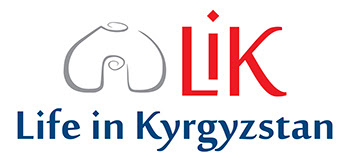A general consensus has built around the idea that third-party assistance mediates and reduces conflict in recipient countries. More recently, however, significant nuance has been added to this general “fact”, noting that the type of aid, to whom it is available, and the source of the assistance all likely matter, with some forms of aid actually appearing to worsen violence and / or political repression. Such findings have clear implications for policy makers attempting to build peace and to reduce violence.
This project explores these notions in the specific context of two forms of aid that are specifically designed to mitigate conflict and to minimize violence: the first is security sector assistance, which aims to avoid conflict by supporting the military structures of recipient countries; and peacebuilding assistance, which works with the general population of the country in question, both to reduce their exposure to conflict and to minimize their likelihood of becoming militants or other violent actors
In the first stage of our analyses, we test the impact of each form of assistance on political violence across a sample of countries defined as fragile or conflict-affected. Noting that the bundle of aid a country receives may by a product of the (violent) political landscape it faces, we use coarsened exact matching in order to balance the sample on conflict intensity, history and type. In a second stage, we use structural modelling to further test the relationship between aid, and associated reductions in violence, on a country’s GDP. We show that, in addition to the inherent value of lives saved and of conflict mitigated, $100,000 of peacebuilding expenditure saves one life; and that this life saved adds some $10,000, per year, to GDP.



